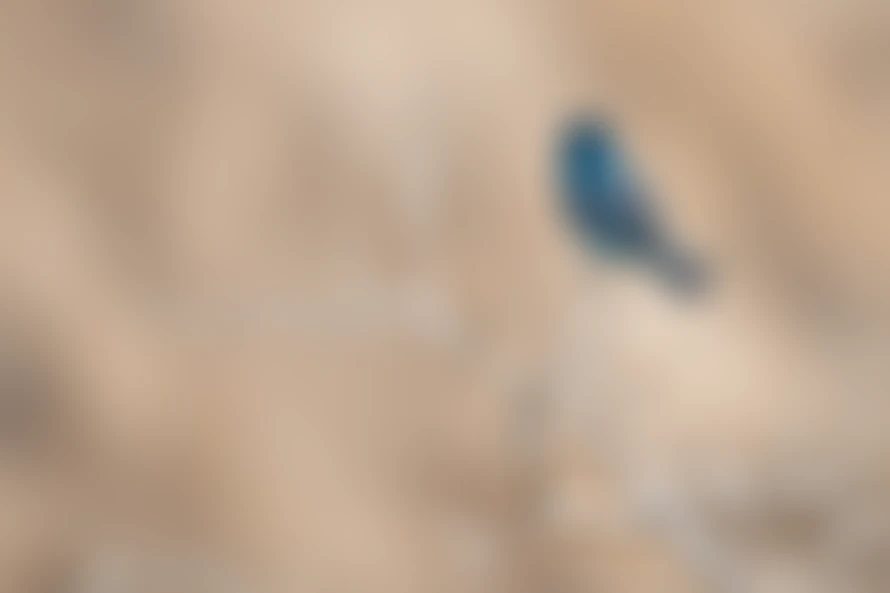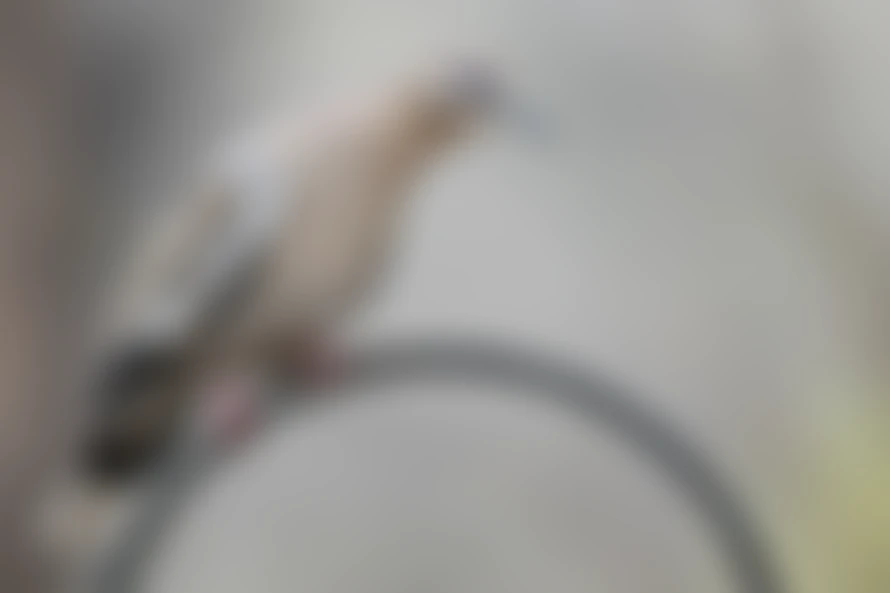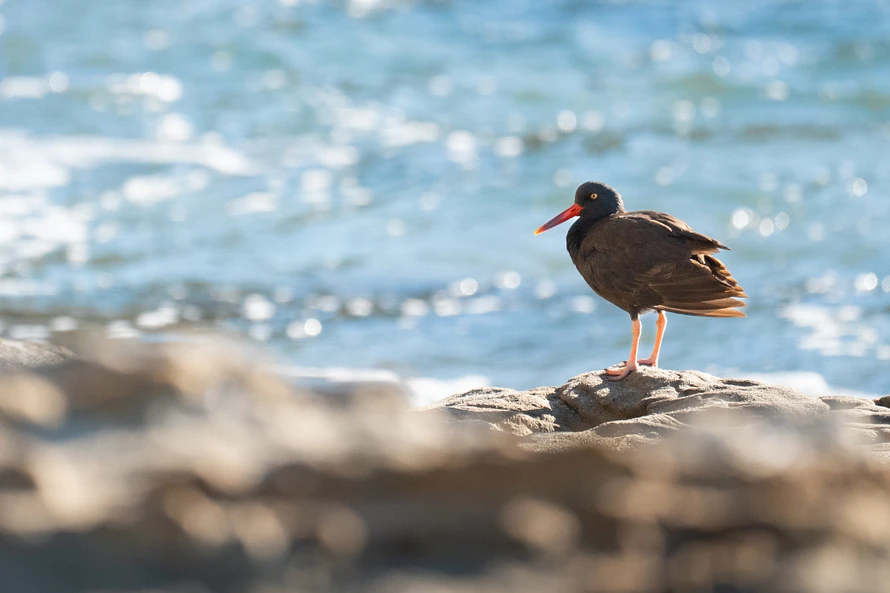Return to Bolsa Chica
This is a free post. If you'd like to access the other 3 weekly blog posts, please check out my membership program for as little as $2.99 per month! Thanks friends!
Hello hello hello everyone! I hope everyone has been having a fantastic week! It's nearly finals for me so I have been so busy with schoolwork, but the nice thing is, it's all over in about 2 weeks.
Birding Story of the Week
This weeks story takes place at Bolsa Chica Ecological Reserve in Huntington Beach, California. If you have been following the channel for a while, you know that I absolutely LOVE Bolsa Chica. When I arrived I quickly found some staples to take photos of including some Brown Pelicans that were flying directly over head.
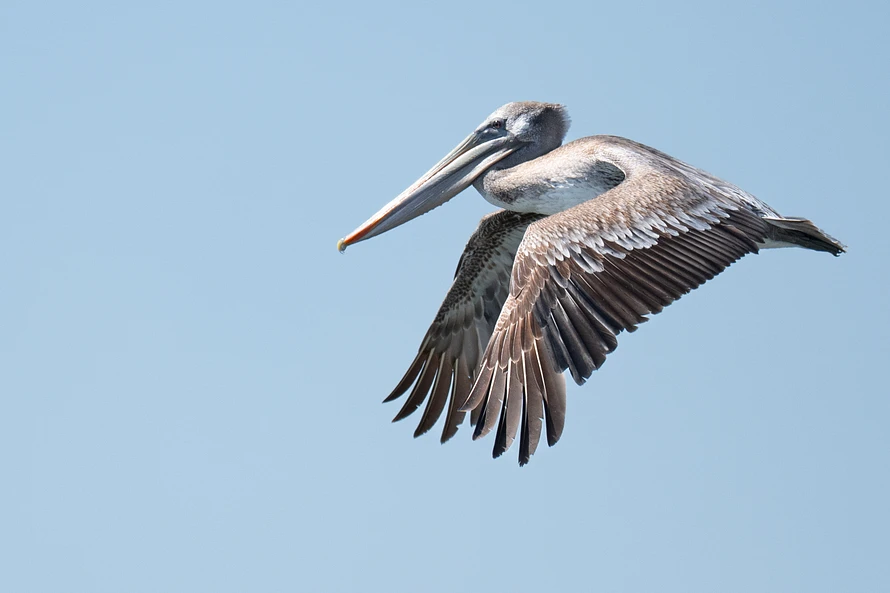
Brown Pelicans are a strictly coastal bird and we don't have them regularly in the state of Utah. It was fun to see them fly by at such a close distance.
Next I spotted another great bird for my list, the Brant. Brants are another coastal bird species and are a refreshing sight to see.
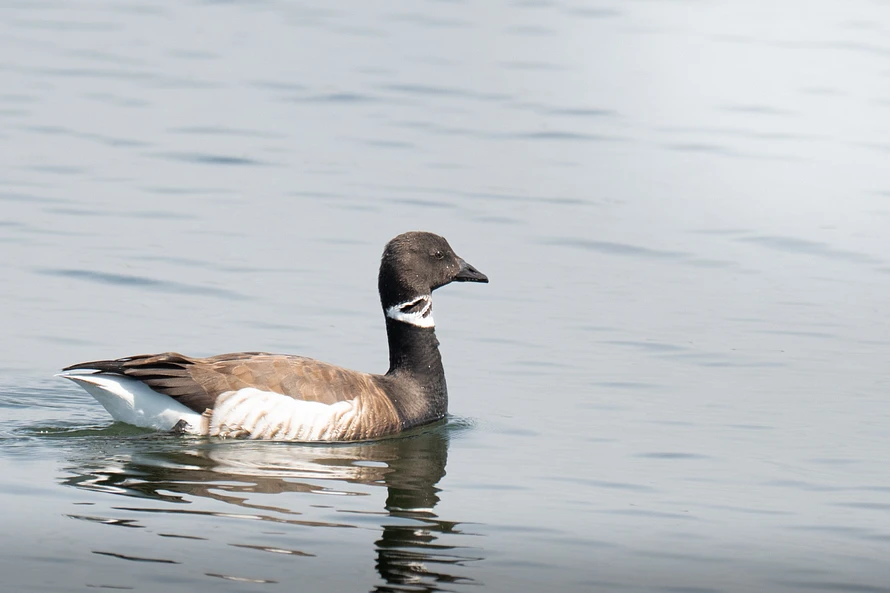
As I walked along the sandy trail winding around the preserve I found a Horned Grebe that I could get great photos of. In addition, I got distant views of a Reddish Egret, Long-billed Curlew, and American White Pelicans.
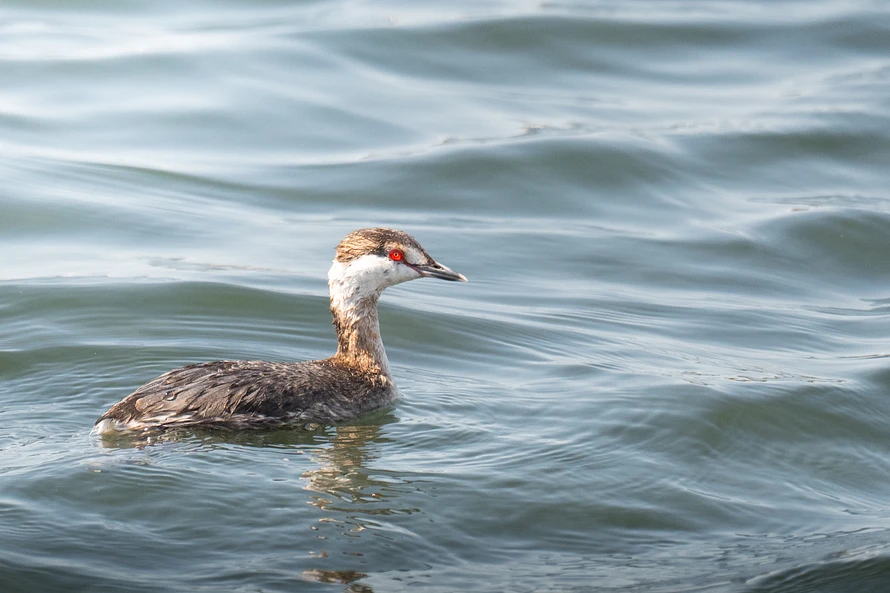
Bolsa Chica is pretty large and you can easily see 50+ species in just an hour or two. I came across many more species including Blue-winged Teal, Belted Kingfishers, and Bufflehead.

As I approached the end of my journey I was pleasantly surprised to see a bird I had missed earlier and one of my favorites, the Osprey.
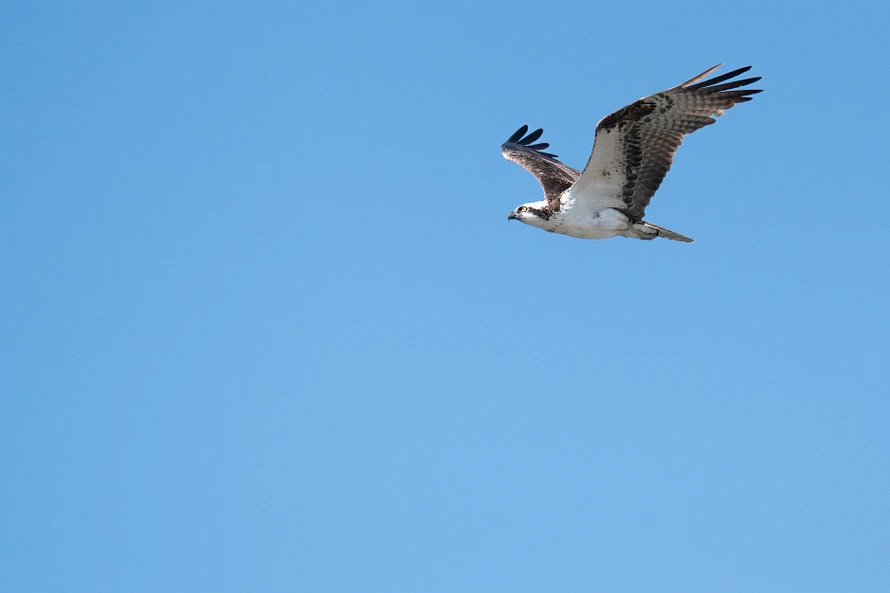
As I approached the bridge that crosses the water to get to the visitors center, and the end of my journey I noticed a few things in the water including a California Corbina (a type of fish species that likes shallow water) and hundreds of Moon Jellies floating by.
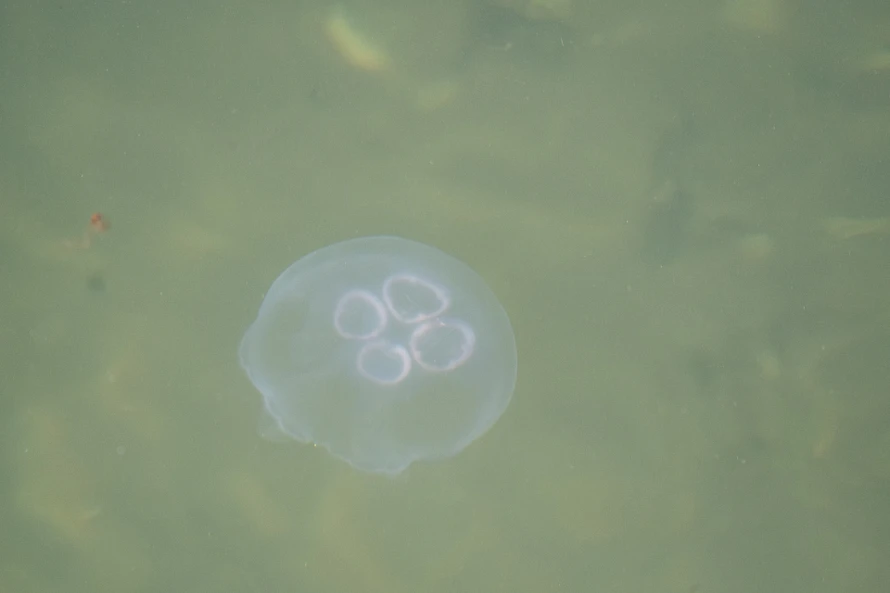
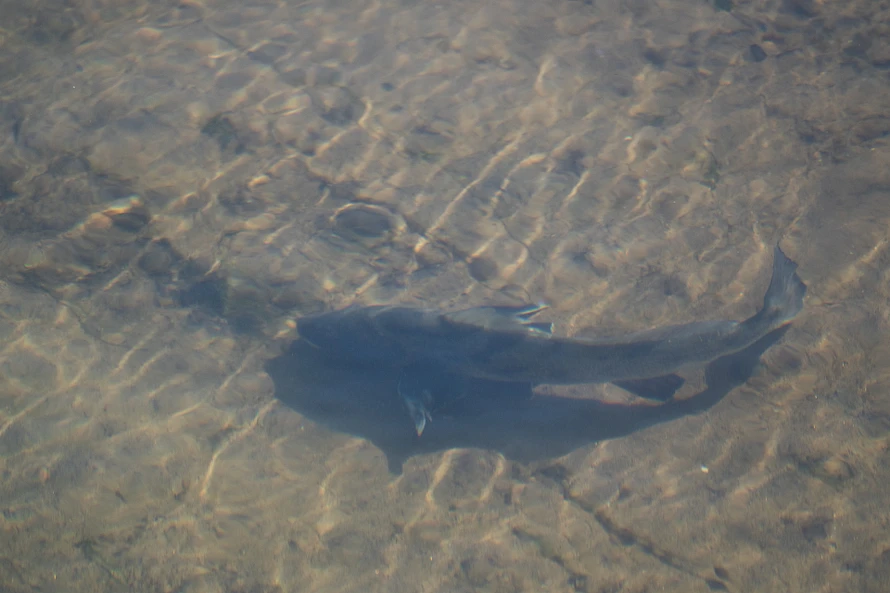
If you'd like to see the full adventure you can check out the video here.
Question of the Week --
How do you choose where to go birding?
For me it's simple, I like to go to places that have a variety of species available to be found, but also I want to keep things fresh and new. I try not to go birding at the same spot too many times, mostly for the viewers. I use eBird's fantastic "explore" tool to help find suitable spots and places that I have never been before that might have an abundance of species.
Sneak Peak into the Future --
- BEB - A new Antelope Island adventure featuring Hawk in the Lens (it was his birthday) as well as 3 species of owl.
- BEBL - An overview video about the Greater Sage-Grouse
Thank you for joining me this week, I hope to see you all next time on Bright-Eyed Birding.
Everybody's gone birdin', birdin' USA
Birding Story of the Week
This is my monthly free member post. If you like these please consider becoming a paid member for as little as $2.99/month to see weekly blog posts. This will help fund my future adventures and will allow me to do even more amazing videos. THANK YOU!
---------------
Hello everyone, and sorry it has been a little while. I am back, and you should be seeing lots of posts from here on out!
This week's story takes us to Laguna Beach, California. Laguna Beach is not necessarily considered a great birding spot. It's great for picnics, a quick swim, and tidepools, but it doesn't really attract a lot of birders.
I found myself there celebrating my wife's 29th birthday. She loves sleeping in, so I took the opportunity to head out right at sunrise and take the short 2 minute walk to the beach from our hotel.
When I arrived to the beach the light was a beautiful soft golden color. I grabbed my camera off of my chest and began taking photos of the nearby Willet.
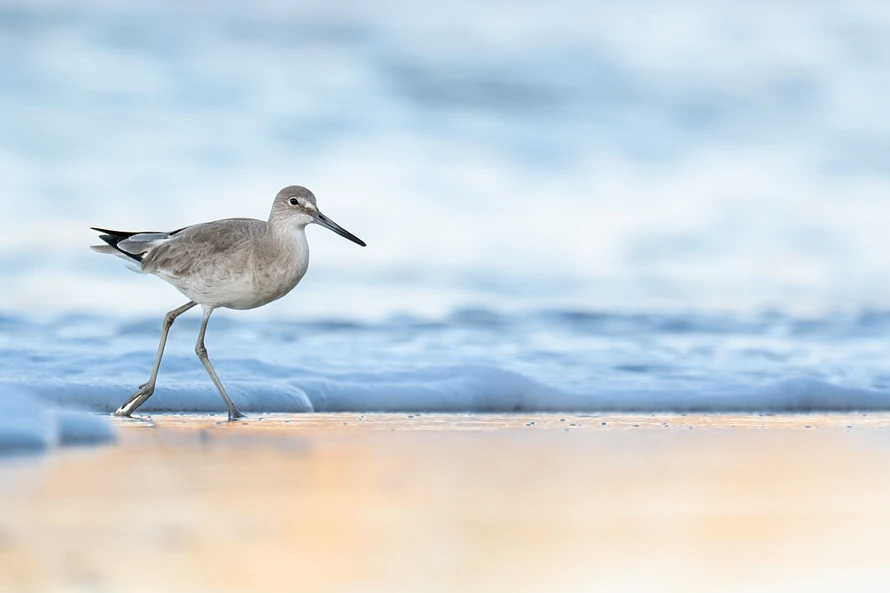
The Willet is a beautiful shorebird species that has sensitive nerve endings on the end of its beak. It uses its long beak to probe the sand for invertebrates.
As I walked down the sandy beach I saw a Black Oystercatcher fly by with a mussel in its mouth. Despite their name, Black Oystercatcher's do not eat oysters, but rather, they eat mussels and mollusks off of the rocky shoreline. This is a bird that I really wanted a photo of, and although I captured it on camera for YouTube, I didn't have time to get a picture. Luckily as I walked around the edge of the beach, there it was, standing on the dark black rocks.

As I walked along the beach I saw many more exciting species including Whimbrel's, Swinhoe's White-eye, and Allen's Hummingbirds. Nothing could prepare me for the Common Bottlenose Dolphins that began to breach just off the beach! I stood in awe as they broke out of the water.
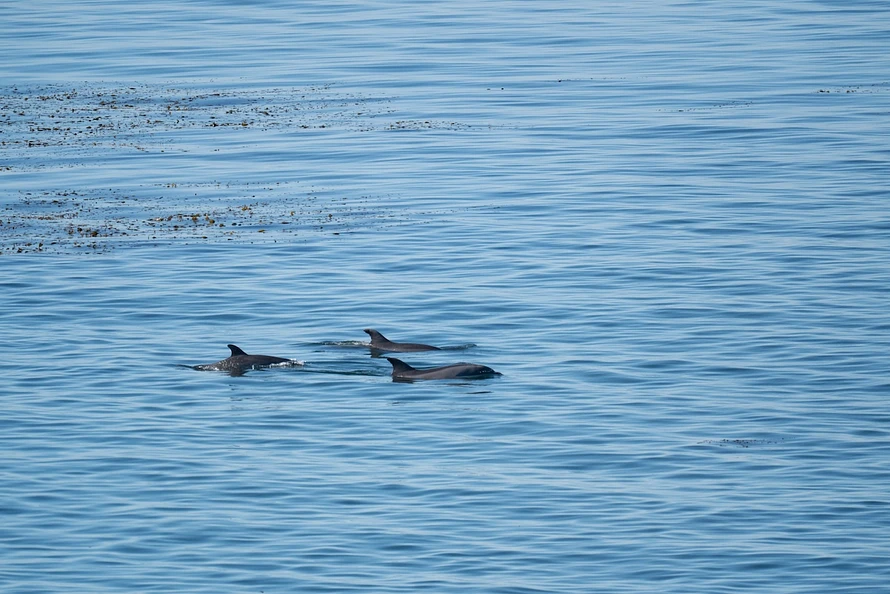
Moral of the story, is to always remember that although an area is not birding spot that people travel far and wide for, it is still a "birding spot." Birds are everywhere, and you can make the most out of any situation.
If you like this post, please consider becoming a paid member (this starts as low as $2.99/mo). These memberships will allow me to fund even bigger excursions and help bring you more amazing adventures moving forward!
If you'd like to see the full adventure on film, check out my video here.
Question of the Week --
How do you get your shots so stable in your videos freehand?
I got this question quite a bit this past week and to be honest it's a combination of practice, gear, and some skill as well.
Practice holding your camera against your face with your arms folded inwards towards your sides. This is the best position to provide stability while taking videos without a tripod. The key for stable footage is to make it as stable as you can in the field. You can also lean against something like a tree, or lay down on your stomach on the ground.
Gear also plays a huge role. The Nikon z6iii has much better in-camera stabilization than the Nikon P900 that I was previously using. Don't get too hung up on gear though, as that is only 1 of the 3 steps to providing the best stability for your footage.
Lastly, use stabilization editing software before you post. I use Da Vinci Resolve. It's a free software that allows you to play with different stabilization sliders that can allow you to tinker to get the best stable results.
Sneak Peak into the Future --
- I will be releasing videos next week on my adventures at Bolsa Chica Ecological Reserve, and San Jacinto Wildlife Refuge
- I will also be releasing a new feeder review from Reli that I'm excited about.
- On Bright-Eyed Birding Learn I will be releasing the Breaking Birding News Update
If you have any suggestions on how to make these blogs even better, please feel free to leave me a comment below!
Thank you so much for joining me this week, I hope to see you all next time, on Bright-Eyed Birding.
